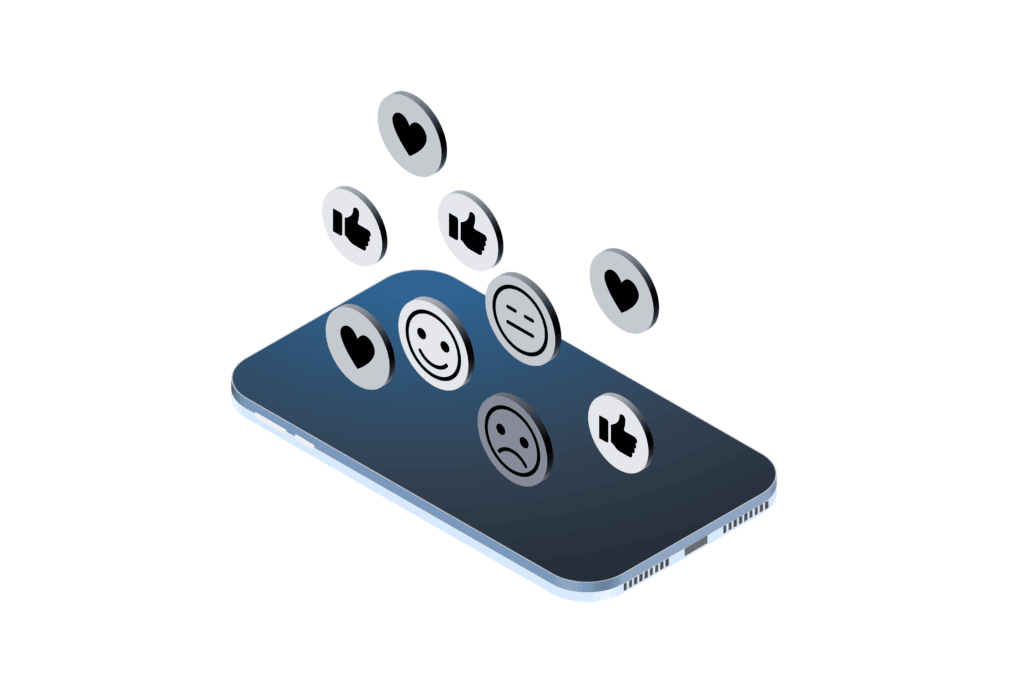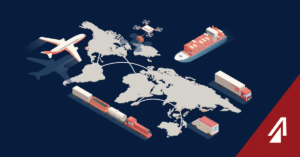One of the main questions businesses face today is how to know what customers really want. Before the invention of the Kano Model, expert thought had been to respond to customer complaints and to expand and improve the most popular facets of products and services. In 1984, Dr. Noriaki Kano theorized that that was the wrong way to view customers, and as a result, created the Kano Model. The Kano Model has a more sophisticated view of customers and breaks down customer needs into three distinct categories: Expected Needs, Normal Needs, and Exciting Needs. Each need is a vital part of customer satisfaction and by analyzing and providing for these needs, companies can grow and gain vital portions of the market share.
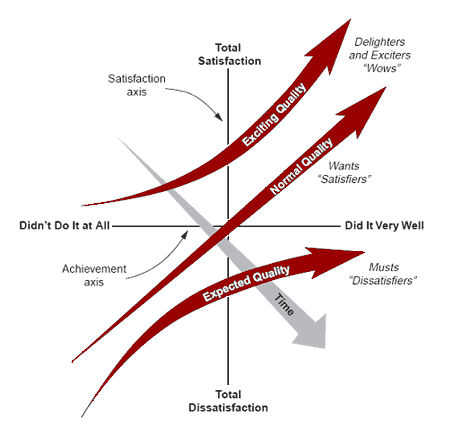
Expected Needs
The most primary of customer needs are the Expected needs. These are called “basics” or “musts,” and are essential to the product or service. If these needs are not met, the product or service might be unusable and the customer will be dissatisfied. These needs are the bare essentials that customers automatically assume will be met by the supplier. They could involve aspects such as product safety or a known industry standard. The American Society for Quality describes these needs as “what gets the supplier into the market.” The absence of these needs will turn away customers. For example, take a customer purchasing a house. It is expected that a home would have a roof, walls, front door, and a working bathroom. Without these, the structure would not be a house. The customer expects that these are present and without them is dissatisfied with the product.
Expected needs are relatively standard for all consumers. They are so standard that state and federal laws are often in place to ensure that suppliers meet these basic needs with their products or services. This is especially true in regards to safety or usability. The market, itself, has industry standards that need to be met in order for a business to stay viable. Consumers are not likely to choose a product or service that does not meet basic needs, and are even less likely to repeat business with that supplier. So, the Expected needs are crucial to success.
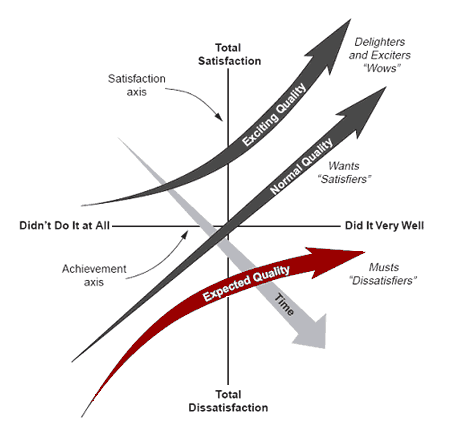
Normal Needs
The next level of customer needs are the Normal customer needs. ASQ states these are what “keep the supplier in the market.” These needs are sometimes called performance needs or “wants.” These needs are desires customers have for the product or service and the way they are executed will directly affect customer satisfaction. The better the execution, the happier the customer. In the house purchase example, a home buyer may have a list of things they want in a house. Several factors like location, size of the house, or color would be wants. Once the essentials are met, customers consider their preferences.
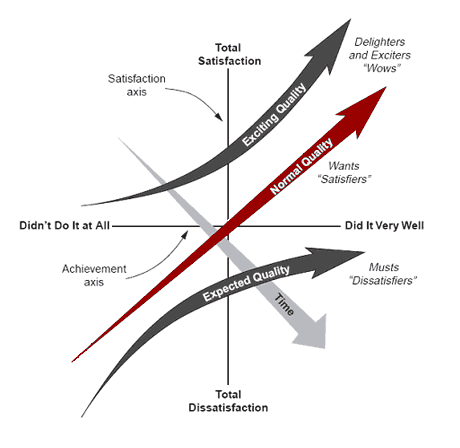
One consumer’s Normal needs, or wants, may not be the same as another consumer’s wants. Take something as simple as beverages – some people prefer a sweeter drink while others like theirs flavored bitter. No two consumers are the same. They all have different preferences and this is where suppliers can diversify and differentiate themselves from one another. They can offer different models and features at different price ranges that tailor to what their consumers want and need. Thousands of factors make up whether or not a consumer can or will use a supplier’s product or service. If a supplier can outperform their competition on these factors, they will draw more customers and improve customer satisfaction.
Exciting Needs
The Exciting needs go beyond preferences – they are delights that go above and beyond what the customer expects. They are a happy surprise, that “make a supplier a leader in the market” according to ASQ. These needs are not required, but if they are present, can help push the customer over the edge to make on-the-spot purchases. The exciting needs can also further set businesses apart from others and make repeat customers. In the house example, the exciting needs go beyond the necessities like counter-tops, appliances, and floors. The “delighters” would be granite counter-tops, stainless steel appliances, and hardwood flooring. These extra touches give the product or service more pizzazz or appeal. They say, not only does this company offer options, but they offer the best options.
Like Normal needs, Exciting needs are not the same for each consumer. Some may prefer features or amenities while others appreciate warranties or guarantees. Some consumers care more about a company’s culture and community outreach than the products or services that company offers.
Since these needs are not required, companies need to be sure they are adequately meeting the Expected and Normal needs before focusing on Exciting needs.
Quality companies, who are already meeting the Expected and Normal needs, can differentiate themselves further from other companies by going the extra mile in a way a customer does not expect. It is a way to “wow” the customer into returning. Industry leaders find a way to impress their target audience in a way that they can maintain and improve, as well as bring the customers back.
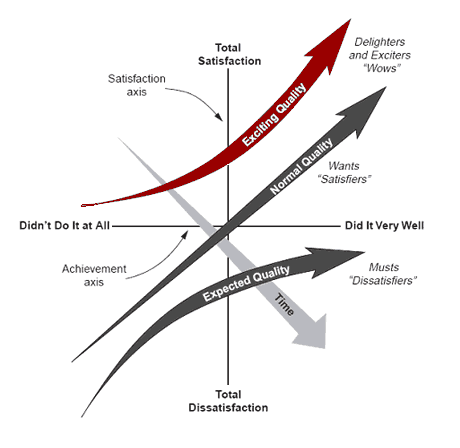
It takes great skill for a company to maintain and improve Exciting needs. These needs differ from the other two types of needs because, over time, Exciting needs become more Normal or standard. With the house purchase example; in the 1940s, a home with air conditioning or an automatic dishwasher would have excited and delighted customers. Today, these features are normal and border on the expected. Smartphone companies like Samsung or Apple have set the industry standard today with their phones that 10 years ago would not have been imaginable.
This is the challenge for industry leaders. They need to balance doing what they do well, while they go out and find a new way to delight customers. If businesses can succeed at that challenge, they can corner a new piece of the market.
The Kano Model has revolutionized the way that suppliers view their customers. They are able to categorize their customers’ needs in a way to better understand what the needs are and how well they are providing for those needs. The better the needs are met, the higher the customer satisfaction. The higher customer satisfaction, the greater the chance for sales and growth for the company.
